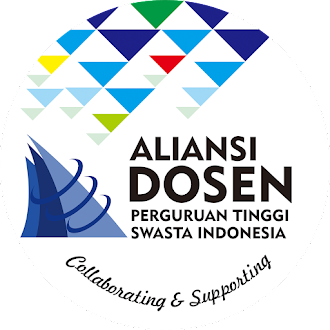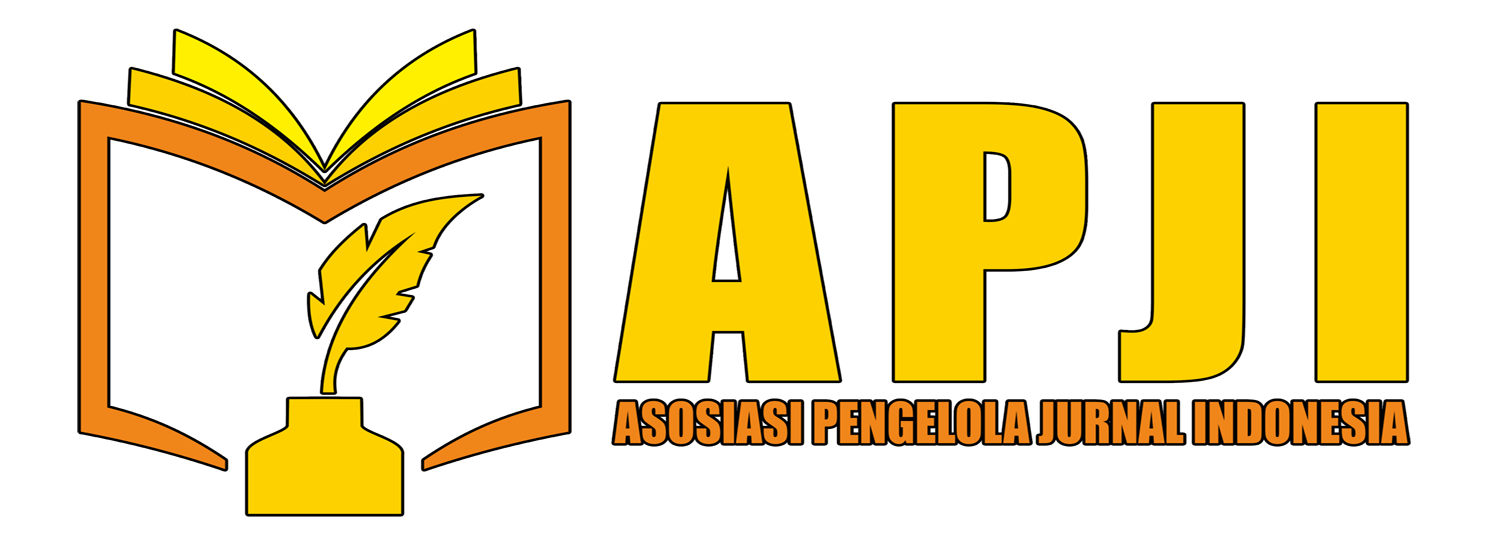EXPLORING THE POTENTIAL OF SOCIAL MEDIA AS A HEALTH COMMUNICATION PLATFORM FOR FILICIDE PREVENTION IN INDONESIA
English
DOI:
https://doi.org/10.62567/micjo.v2i2.503Keywords:
Health Communication, Social Media, Filicide, Mental HealthAbstract
This study explores the potential of social media as a health communication platform for preventing filicide in Indonesia, focusing on disseminating information, reducing stigma, and engaging audiences. The study adopts an exploratory approach based on secondary data, including the analysis of scientific literature, reports from the Indonesian Child Protection Commission (KPAI) and UNICEF, and global campaigns such as #EndViolence. Research shows that social media can reach a broad audience, particularly the younger generation, through strategically designed educational content like infographics and videos. Empathy-driven campaigns utilizing real-life stories can also effectively reduce the stigma surrounding mental health, a primary cause of filicide. However, the study identifies challenges such as limited access in remote areas, potential misuse of platforms, and the sustainability of campaigns, which often pose obstacles. In Indonesia’s context, adapting global campaign models to local culture can enhance prevention outcomes. Collaboration among the government, non-profit organizations, and the community is key to ensuring long-term impact. By integrating technologies such as artificial intelligence and gamification, and implementing data-driven approaches, social media can become a powerful tool to drive behavioral change and raise public awareness about filicide prevention.
Downloads
References
Abbott, M., Ramchand, R., Chamberlin, M., & Marcellino, W. (2018). Detecting Changes in Newspaper Reporting of Suicide after a Statewide Social Marketing Campaign. Health Communication, 33(6), 674–680. https://doi.org/10.1080/10410236.2017.1298198
Aghazadeh, S. A., & Aldoory, L. (2023). Health Communication Theory in Public Relations. In Public Relations Theory III (p. 17). Routledge.
Alrashidi, R., Alali, N., Aljenaee, K., & Hajji, S. (2024). Exploring the Impact of Social Media on Health Awareness : A Comprehensive Survey Analysis in the Middle East. JMIR Formative Research.
Brown, T., Bricknell, S., Bryant, W., Lyneham, S., Tyson, D., & Arias, P. F. (2019). Filicide Offenders. Trends and Issues in Crime and Criminal Justice, 568, 1–17. https://doi.org/10.52922/ti09685
Brown, T., Tyson, D., & Fernandez Arias, P. (2020). Filicide: The Australian Story. Children Australia, 45(4), 279–284. https://doi.org/10.1017/cha.2020.47
Buiten, D., & Coe, G. (2021). Competing discourses and cultural intelligibility: Familicide, gender and the mental illness/distress frame in news. Crime, Media, Culture: An International Journal, 18(2), 282–300. https://doi.org/10.1177/17416590211009275
Friedman, S. H., Horwitz, S. M. C., & Resnick, P. J. (2005). Child murder by mothers: A critical analysis of the current state of knowledge and a research agenda. American Journal of Psychiatry, 162(9), 1578–1587. https://doi.org/10.1176/appi.ajp.162.9.1578
Glanz, K., Rimer, B. K., & Viswanath, K. (2015). Health behavior: Theory, Research, and Practice. Jossey-Bass. San Fransisco: Jossey-Bass.
Grau, A. B. (2021). Multifaceted Offenders and Minimization of Victims: U.S. National News Media Coverage of Offenders and Victims in Coverage of Filicide. American Journal of Qualitative Research, 5(1), 185–205. https://doi.org/10.29333/ajqr/10929
Kelly, D., & Ostovar-kermani, T. G. (2024). Systematic Literature Review of Disseminating Health Information to BIPOC Communities. Health Open Research, 6(19), 1–13.
Kemp, S. (2024). Digital 2024: Indonesia. Datareportal. https://datareportal.com/reports/digital-2024-indonesia
KPAI. (2022). Memorandum Akhir Jabatan Anggota KPAI Periode 2017-2022.
Lawrence, O. U., Falade, A. J., Sulaimon, Y. B., Abdulkadir, S. A., & Onuoha, V. U. (2024). Evaluating the effectiveness of social media in health communication: assessing the impact and outcomes of health communication campaigns conducted on x (Twitter). World Journal of Advanced Research and Reviews, 22(2), 1107–1112. https://doi.org/10.30574/wjarr.2024.22.2.1413
Li, A., Huang, X., Jiao, D., O’Dea, B., Zhu, T., & Christensen, H. (2018). An analysis of stigma and suicide literacy in responses to suicides broadcast on social media. Asia-Pacific Psychiatry, 10(1). https://doi.org/10.1111/appy.12314
Muhtar, S. M., Amir, A. S., & Arya, N. (2024). Utilizing Social Media for Public Health Advocacy and Awareness in Digital Health Communication. MSJ : Majority Science Journal, 2(1), 270–278. https://doi.org/10.61942/msj.v2i1.96
Puchnina, M., & Puchnin, A. (2023). Destructive social media activities aimed at promoting suicidal behavior among minors: counteracting measures. Russian Journal of Deviant Behavior, 3(1), 103–110. https://doi.org/10.35750/2713-0622-2023-1-103-110
Robinson, J., Sala, L. La, & Battersby-Coulter, R. (2023). Safely Navigating the Terrain: Keeping Young People Safe Online. In Social Media as a Resource. Cambridge University Press. https://doi.org/https://doi.org/10.1017/9781009024945.017
Rodiah, S., Budiono, A., & Komariah, N. (2019). Dissemination of Health Information through Community Empowerment. Journal of Sustainable Development, 12(2), 13. https://doi.org/10.5539/jsd.v12n2p13
Rosenstock, I. M. (1974). The Health Belief Model and Preventive Health Behavior. Health Education & Behavior, 2(4), 354–386. https://doi.org/10.1177/109019817400200405
Sala, L. La, Teh, Z., Lamblin, M., Rajaram, G., Rice, S., Hill, N. T. M., Thorn, P., Krysinska, K., & Robinson, J. (2021). Can a social media intervention improve online communication about suicide? A feasibility study examining the acceptability and potential impact of the #chatsafe campaign. PLOS ONE, 16(6 June), 1–22. https://doi.org/10.1371/journal.pone.0253278
Sitar, N. A. (2024). The Role of Social Media Campaigns in Promoting HIV Awareness and Prevention Behaviors among College Youths. Journal of Public Health and Medicine, 4(2), 29–32.
Thapliyal, K., Thapliyal, M., & Thapliyal, D. (2024). Social Media and Health Communication: A Review of Advantages, Challenges, and Best Practices. In Emerging Technologies for Health Literacy and Medical Practice (Chapter 17, pp. 364–384). USA: IGI Global.
Thorn, P., Nicole Tm Hill, Lamblin, M., Teh, Z., Battersby-Coulter, R., Rice, S., Bendall, S., Gibson, K. L., Finlay, S. M., Blandon, R., Libby De Souza, West, A., Cooksey, A., Sciglitano, J., Goodrich, S., & Robinson, J. (2020). Developing a suicide prevention social media campaign with young people (The #Chatsafe Project): Co-design approach. JMIR Mental Health, 7(5). https://doi.org/10.2196/17520
Vaghefi, M. S., Beheshti, N., & Jain, H. (2024). Dissemination of health messages in online social network: A study of healthcare providers’ content generation and dissemination on Twitter. Information & Management, 61(2). https://doi.org/https://doi.org/10.1016/j.im.2024.103925
Downloads
Published
How to Cite
Issue
Section
License
Copyright (c) 2025 Mega Nur Asmawati

This work is licensed under a Creative Commons Attribution-ShareAlike 4.0 International License.


















